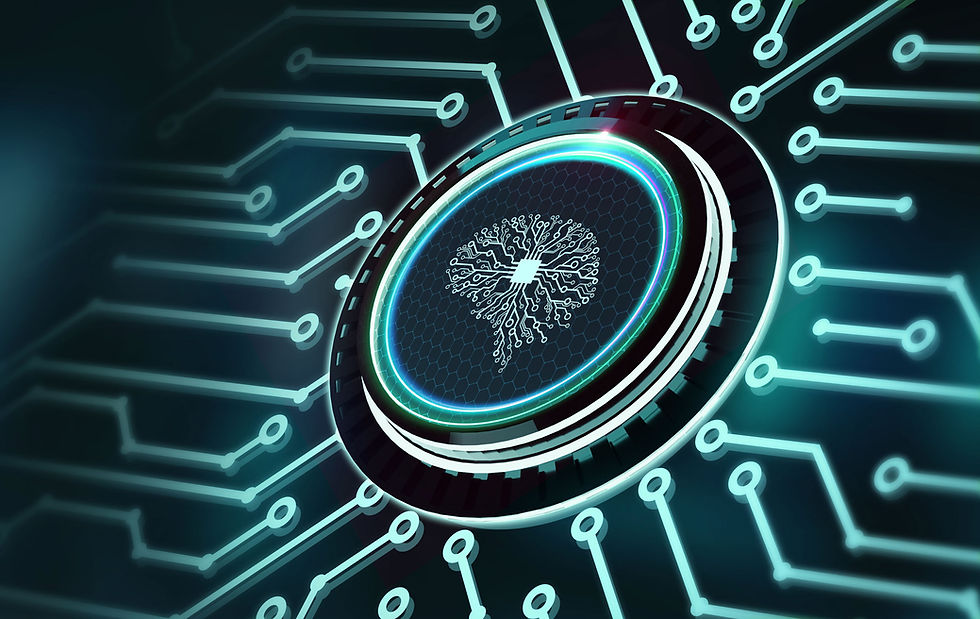
As an Integrative Neurologist, I have the opportunity to help patients manage their neurological disorders in a holistic and functional way.
In this blog, I will discuss in brief, the use of photobiomodulation and anti-oxidant therapy, in neurological disorders.
PhotoBioModulation Therapy (PBMT)
One of the non-invasive therapies that you can use is photobiomodulation therapy (PBMt), also known as low-level laser therapy or light therapy. PBMT uses non-thermal light to enhance tissue repair and reduce inflammation and pain.
It has been shown to have neuroprotective effects against postoperative cognitive dysfunction, reduce acute pain and inflammation in mice, and improve cognitive function in Alzheimer's disease-like transgenic rat models.
By using PBMT, we can help ease the burden of disease on your patients. PBMt offers a non-invasive, safe, drug-free, and side-effect-free method for pain relief of both acute and chronic musculoskeletal conditions. It can also be used to improve cognitive function in patients with neurological disorders.
Patients should consider functional integrative options in disease management of neurological disorders because these options offer a more holistic approach to treatment. Integrative neurology combines conventional medicine with complementary and alternative therapies to provide a more comprehensive and personalized treatment plan for patients.
By using PBMT, we can offer patients a non-invasive and effective therapy that can improve their quality of life.
From our experience, PBMT offers an additional advantage assisting patients with chronic pain, neuralgia, neuroinflammation, and neurodegenerative disease, especially when other traditional therapies are found to be ineffective, or contributing to adverse effects.
Anti-Oxidant Therapies
The use of antioxidant therapy in neurological disorders has been a topic of significant interest and research.
Antioxidants, which can be endogenous or exogenous compounds, have the potential to prevent, delay, or ameliorate various neurologic disorders by reducing the formation of free radicals and protecting cells from oxidative injury
Neurodegenerative diseases, such as Alzheimer's, Parkinson's, Huntington's, and amyotrophic lateral sclerosis (motor neurone disease), are characterized by oxidative stress, making antioxidant therapy a promising strategy.
Advantages of Antioxidant Therapy
Antioxidant therapy offers the advantage of combating oxidative stress, which is a common outcome of normal aerobic cellular metabolism. It can help prevent neuronal loss and combat free radical generation, which are implicated in the pathogenesis of neurodegenerative diseases.
Another advantage is that certain antioxidants, can be administered in the intravenous form.
This method bypasses the digestive system, ensuring a more potent and rapid delivery of nutrients compared to oral supplementation.
Clinical Application and Evidence
Clinical application of antioxidant therapy in neurodegenerative diseases involves targeting relevant mitochondrial antioxidant pathways and using various antioxidant molecules to achieve redox equilibrium.
Research has highlighted the use of polyphenols, vitamins, carotenes, and hormones as potential antioxidant agents in the treatment of these disorders.

Upstream and downstream antioxidant therapeutic options have been proposed to combat oxidative stress and prevent neurodegeneration.
Additionally, the use of antioxidant therapy in neurotrauma has been explored, with a focus on reducing oxidative stress and its impact on neurological diseases.
Lifewave technology, X 39 patch, how does it work ?
LifeWave technology involves the use of phototherapy patches that, when placed on the body, trap heat and reflect specific wavelengths of light. This process stimulates the nerves on the skin, leading to various health benefits unique to each LifeWave patch.
The X39 patch, for example, is designed to increase energy, support wellness, and aid in pain management through photobiomodulation, which is the science of how light can create biological changes in the human body.
The technology behind LifeWave patches is based on the use of organic nano-crystal antennas with photonic and electronic properties. These antennas absorb infrared radiation from the body, which is then reflected back to the skin, creating biological changes such as energy production, peptide synthesis, and pain control.
In conclusion, the combined use of antioxidant therapy, and photobiomodulation therapy in neurological disorders, particularly neurodegenerative diseases, shows promise in combating oxidative stress and preventing neurodegeneration.
By offering functional integrative, safe, non-invasive options, we can provide patients with a more holistic approach to treatment that can improve their quality of life.
Various antioxidant compounds and strategies have been explored, and ongoing research continues to provide valuable insights into their clinical application and effectiveness.

References






Commentaires